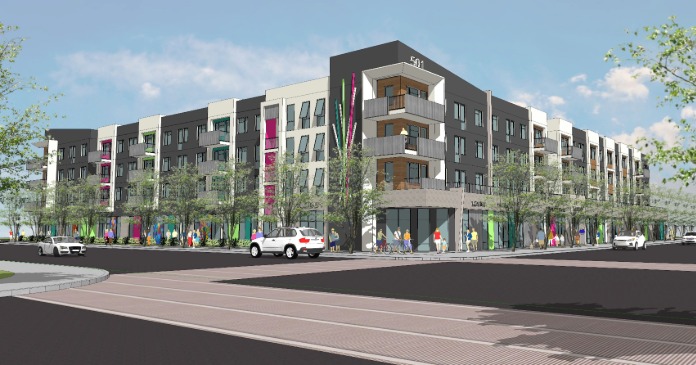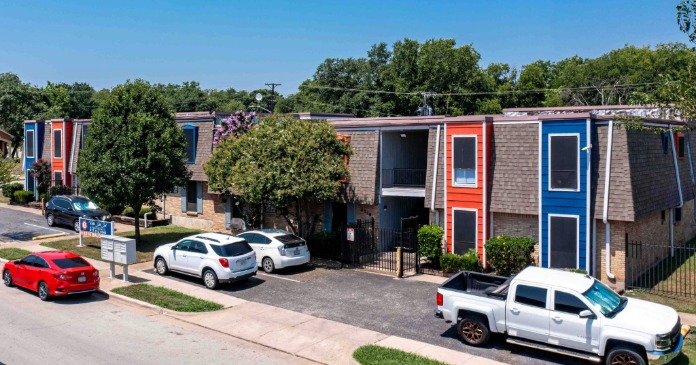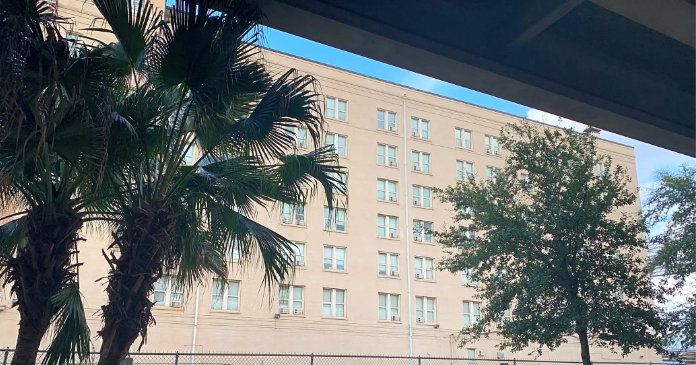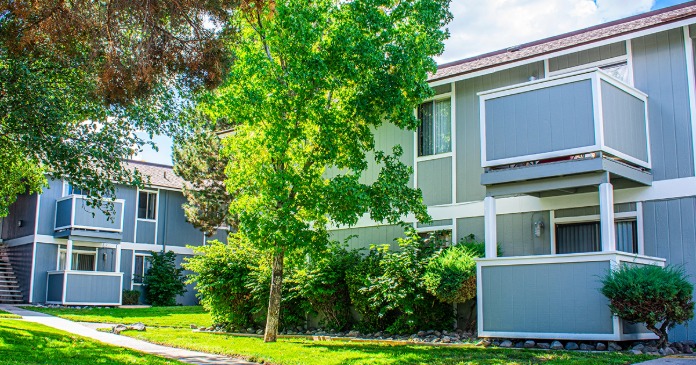I love to use formulas and algorithms to make my life easier when it comes to budgeting. However, you need to be careful building these formulas; especially when it comes to your expense category for vacant utility costs. We have discussed how important it is to look at your costs versus recovery. Well, when budgeting for this category, if you are not paying attention, you could really focus on this category. In my experience with the P&L, this category of utility expense wasn’t booked below the line, holding your site teams accountable for management. Which means that if you overinflate, your site teams won’t correct your budget draft.
Here is my guide to help property managers and owners understand, budget for, and ultimately minimize this often-overlooked expense.
The “utility theft” gap (vacant cost recovery): This is a significant and often unexpected expense. It occurs when a new resident moves in but delays transferring the utilities into his name. During this time—which can last for days or even months—the new resident is using the property’s utility account, with the property footing the bill. These expenses are categorized as part of your turnover expense. When building your formula to budget your vacant cost for actual turns, take the total expense year to date, and subtract the total recovery year to date, this is your true expense. Then divide this “net” number by your actual turns for the same period and by the number of months it encompasses. This should give you your per unit per month formula.
I then recommend looking at these per unit per turn expenses by region. The cost per unit should be similar. If you have an anomaly where the expense in one region is significantly more than in others, that is where I would dig in to see what is the cause of the variance. Was the property under renovation? Experiencing high vacancy for some reason? Is that condition expected for the next year? Adjust accordingly.
The added benefit of having a conservative turnover category is that you can help your teams catch expense issues through variances in the general ledger category.
For truly vacant units, ensure you are not unnecessarily spiking utility usage.
- Set thermostat limits: While you must maintain temperatures for safety (preventing frozen pipes) and comfort for showings, set thermostats to a conservative, energy-efficient level.
- Regular physical audits: Have maintenance staff check vacant units regularly to ensure no leaks (water) or excessive use (lights/thermostats left on) are occurring. Often times, during the turn process, heat is turned up to dry paint. By scheduling a walk of the unit an appropriate period after the turn, teams can typically catch problems.
For occupied units in which utility fraud is ongoing, you will catch this if you follow these guidelines. If you are budgeting $20 a month per vacant unit and the expense comes in much higher, it typically indicates that there are units in which the residents failed to put the utility expense into their names at move in. The variance should result in your site team looking into your vacant cost recovery program to understand which unit(s) resulted in the anomalies in cost. You then need to work with the residents to put their electric service into their name, so the bills no longer impact the turnover expense category.
By accurately budgeting for and aggressively managing vacant utility turnover costs, property managers can transform an unpredictable drain on capital into a manageable operating expense, significantly boosting the property’s financial performance. It can also turn your budget into a valuable tool to manage your utility costs throughout the year.













